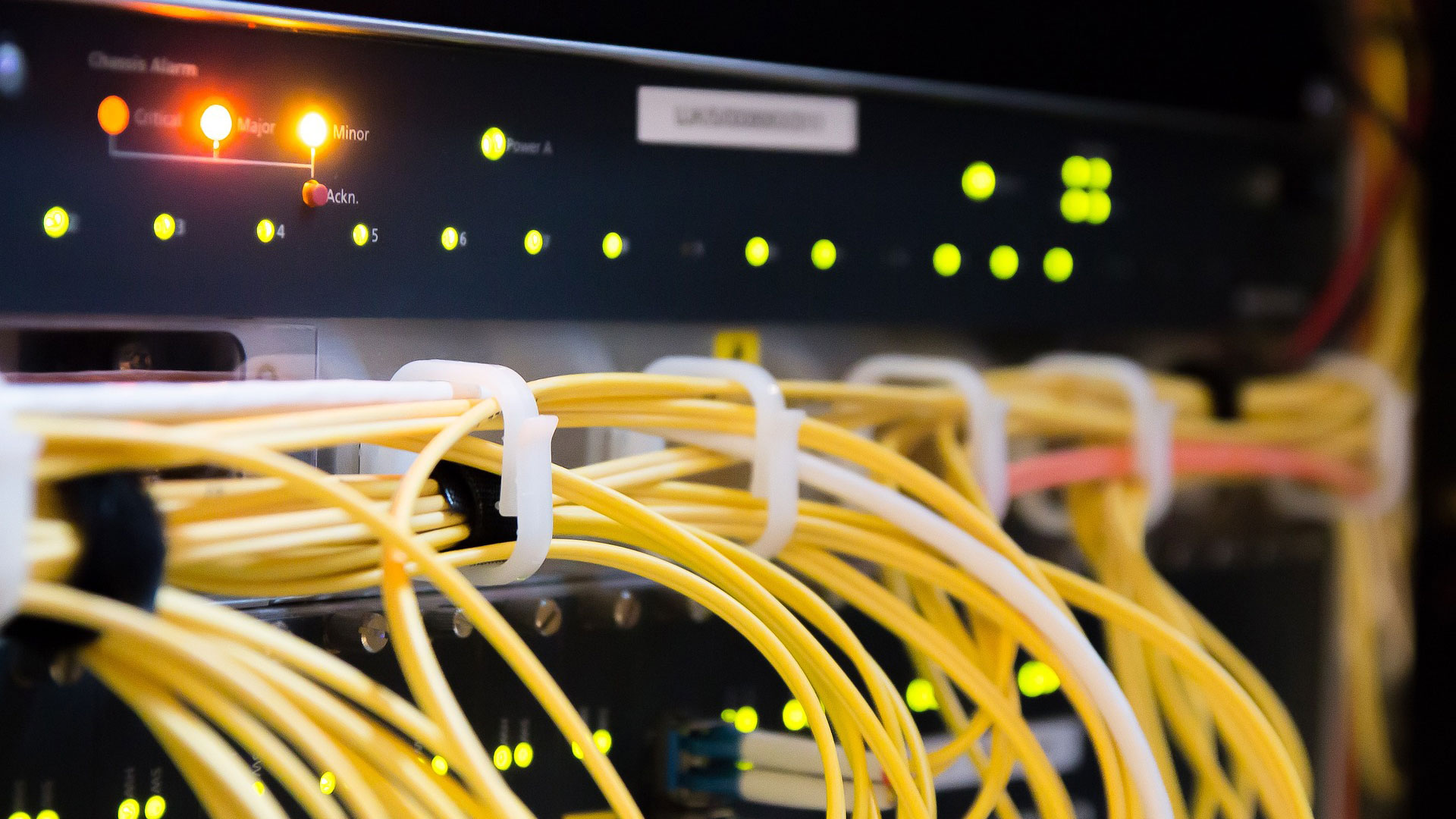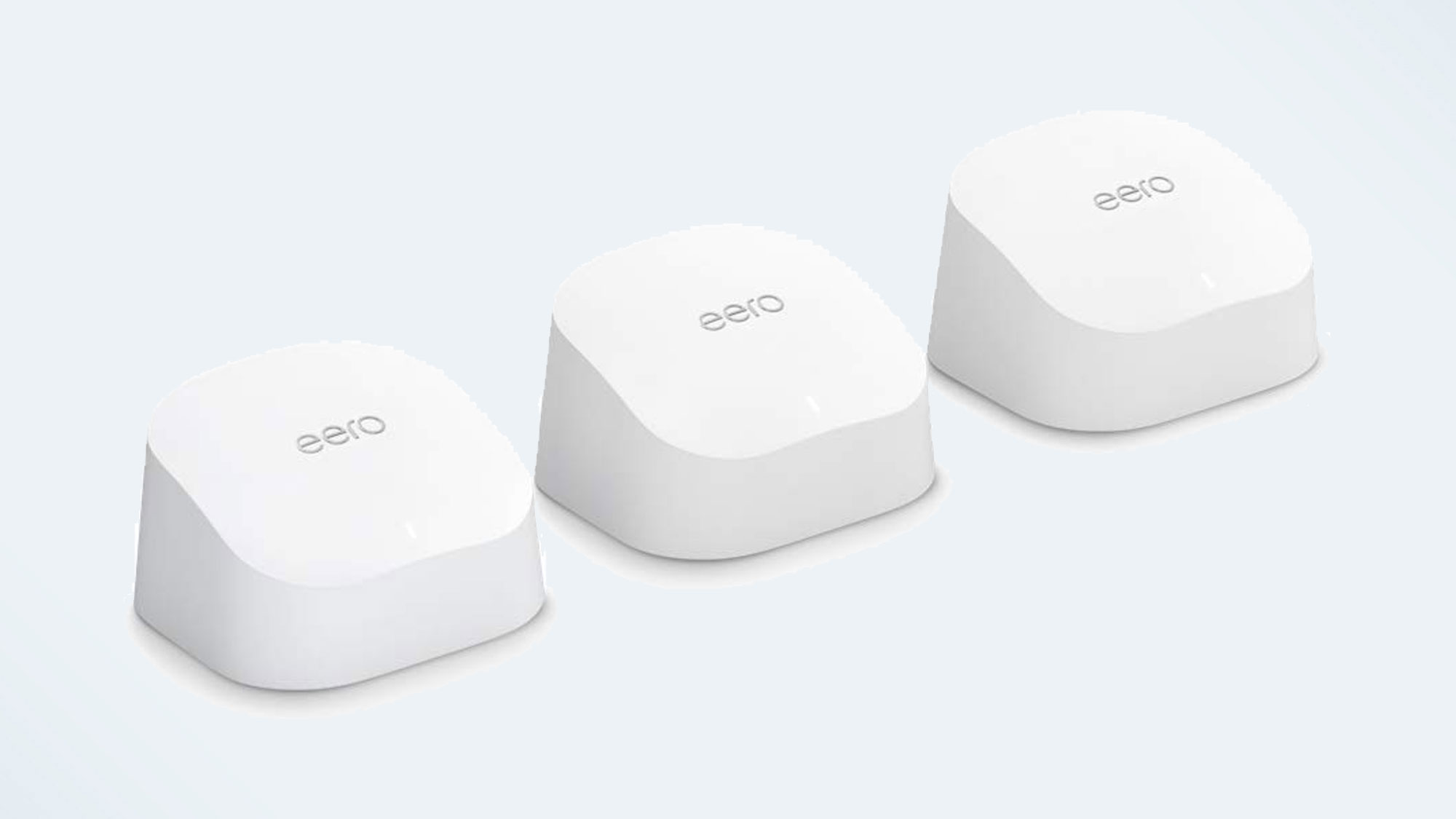What’s a mesh network — and do you need one?
Access the internet wherever you are at home

Mesh networks provide blanket coverage to your home, office, or industrial space. Rather than connecting to one access point and crossing your fingers that it reaches into the farthest corners of your space, mesh networks use a series of routers, all connected to one another that provide even coverage throughout the space – so long as you have enough access points to cover it.
This, though, is different from just cramming as many routers as you can fit in your home. Adding additional routers means having to manually switch to the closest one (or the one with the strongest signal). With a mesh system, all of this is done in the background using AI that determines where your device can get the strongest signal. For example, passing from your living room to your bedroom could mean switching between several access points along the way, all automatically, and without you even noticing.
Perhaps the biggest benefit of a mesh network is the coverage it can offer. Rather than accepting that your home will have dead spots, you can now ensure relatively even coverage throughout. And if the mesh network doesn’t reach the furthest places in your yard, for example, you can just add additional access points to stretch it a little further.
What is a mesh network?
Simply put, a mesh network is just a group of connected devices that work together to improve coverage within a space. Instead of a single router, you now have several connected access points. The first point, the router, communicates a signal to each access point, thus stretching your network.
Where the magic happens is in the artificial intelligence powering these networks. Rather than switching connections as you go, AI sends signals to nearby access points as well as your connected devices and determines when one signal is stronger than another. Once it determines there’s a stronger connection available, the switch happens in the background and the user is none the wiser. In the past, this required a specialized network of devices controlled by a switch, which wasn’t the simplest thing for a novice to set up and use.
Today, most consumer-grade mesh networking devices are essentially plug and play. You’ll plug in the router and ensure you have a strong connection, just like any other, and then start plugging in access points in strategic locations throughout the space. It’s far enough to extend the network, but close enough to receive a strong signal from another nearby access point.
Wired vs. wireless mesh networks
A wired system is the classic mesh network that comes to mind for anyone that has dabbled in networking. To establish a wired mesh network, you must first establish static routes, then define a connection per node, or use a dynamic host configuration protocol (DHCP) to automatically assign an IP address upon connection. If this sounds complicated, it is — at least for those who aren’t used to peering under the hood of a router or messing with network settings. Worse, you often have to redo these steps – or more – for each device you connect to the network.
Sign up to receive The Snapshot, a free special dispatch from Laptop Mag, in your inbox.
The benefits of a direct local area network (LAN) connection are in bandwidth. Assuming the signal coming into the space is strong, you won’t lose much bandwidth when plugging a device into the router. For years, this was and arguably still is – the best way to connect multiple devices in the same space. LAN parties became all the rage among computer gamers and some still exist in smaller, more niche circles.
But a wired network isn’t without its downsides. Space is a concern; you’ll need multiple pieces of hardware, all connected via wires that are often strewn about on the floor. It’s unsightly and can even be unsafe when too many devices are plugged in at once.
A wireless mesh network alleviates the space issues. You won’t be tripping over wires nor plugging in all of your devices into an ethernet port. Where it’s not quite as good as a wired system is in bandwidth. Since this is wireless, the broadcast begins to degrade as soon as it leaves the router and degrades even more when it travels long distances and through materials like metal or concrete.
These days, it’s rare to see a wired mesh system within a home. Most kits are sold as part of a wireless solution and include apps designed to make getting up and running as simple as connecting to a Bluetooth speaker.
What is a hybrid mesh network?
There exists a third option that, as you might have guessed, sits between the wired and wireless mesh networks. It’s called a hybrid mesh network. This system uses ethernet to connect to both the router and each access point. As mentioned, a wireless network only has a wired connection at the router (and not the access points), and a wired system has a wired connection at the router, all access points, and all devices. The hybrid system, on the other hand, uses ethernet to connect to the router and each access point, but not the devices connected to them.
It’s a best of both worlds scenario that gives you a solid connection at each access point and minimal signal degradation between the access point and your device — provided access points aren’t spread too far apart, that is.
Which system is right for me? And do I need mesh?
Do you need a mesh network? The answer is, it depends. While everyone (except those who live in a studio apartment, tiny house, or other small space) could benefit from a mesh network, the choice about which one to employ will generally depend on how you plan to use it.
Wireless is great for most consumer applications due to the ease of setup and the simplicity afforded by not having to wire everything through walls or run wires along floorboards. For an office, wired is often best. Here you’ll want the increased security brought on by a wired connection at each device, and you’ll generally have a few more industrial aspects offered by the space that allow you to hide wires more efficiently than you would at home. But if you just can’t decide, or if you’re a hardcore gamer and every bit of download speed matters, a hybrid connection may be optimal for you.



